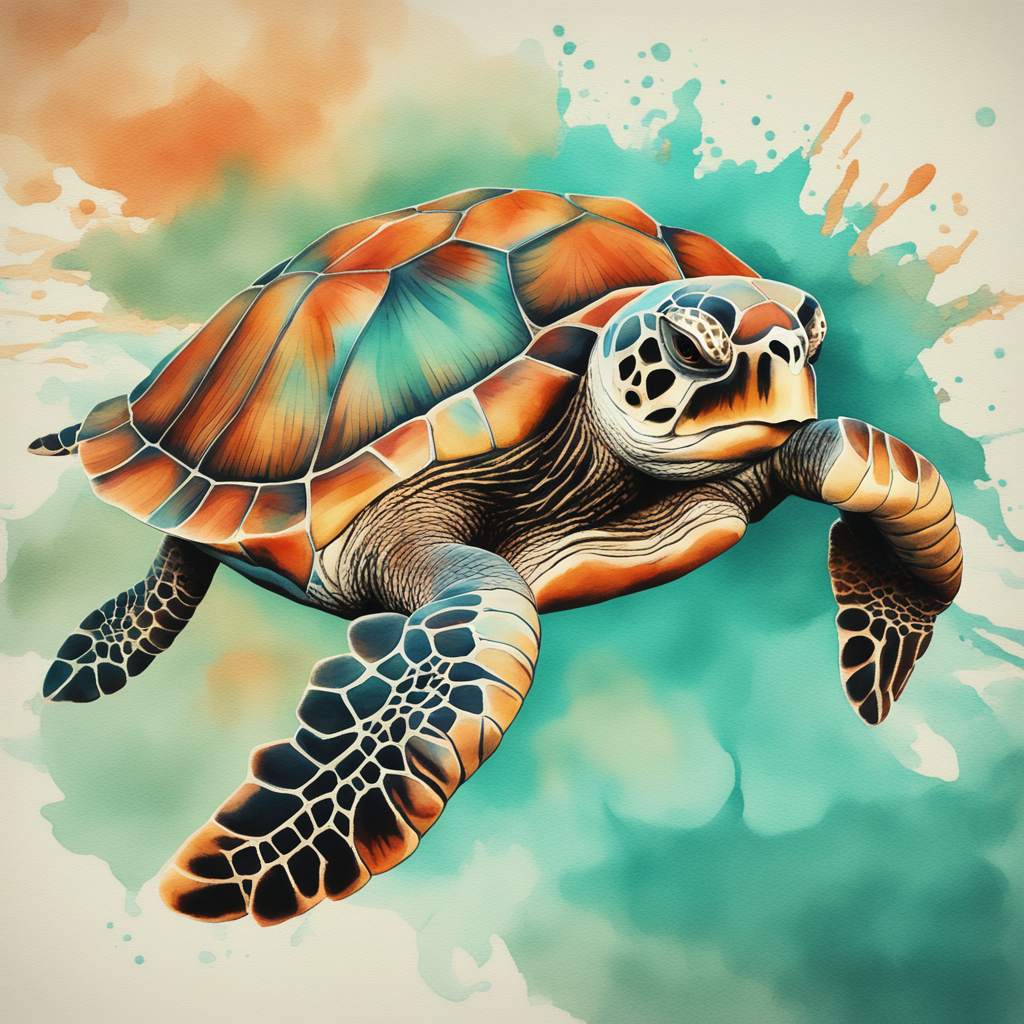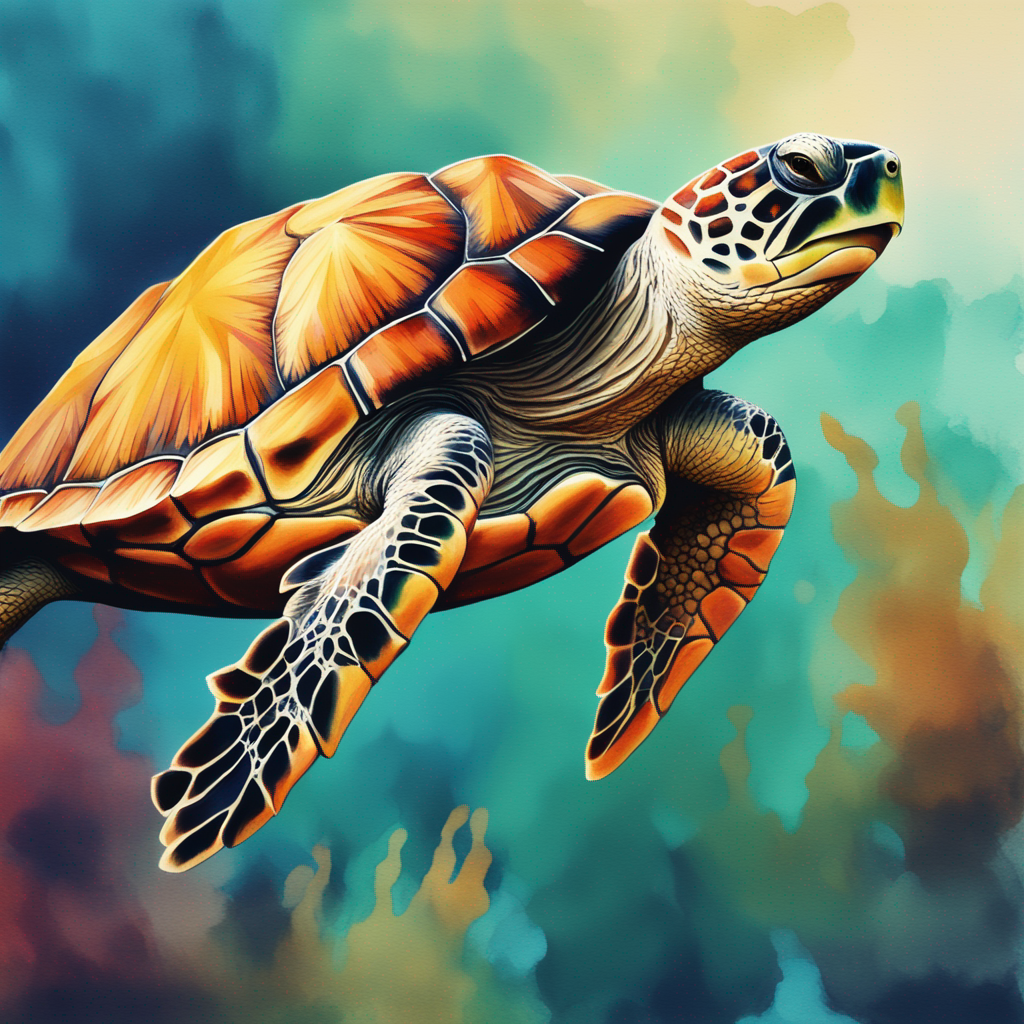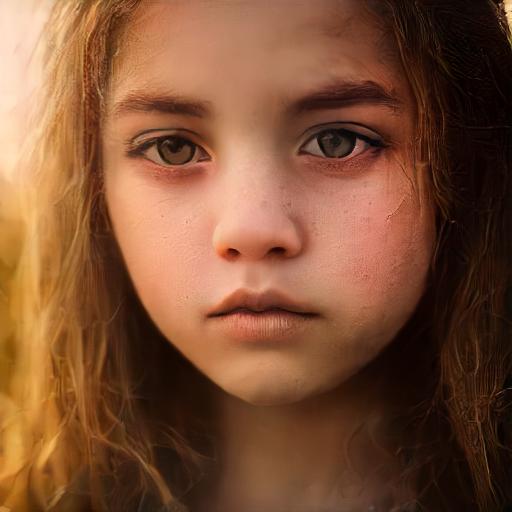sdxl-clip-interrogator
Maintainer: lucataco

844

| Property | Value |
|---|---|
| Run this model | Run on Replicate |
| API spec | View on Replicate |
| Github link | View on Github |
| Paper link | No paper link provided |
Create account to get full access
Model overview
The sdxl-clip-interrogator model is an implementation of the clip-interrogator model developed by pharmapsychotic, optimized for use with the SDXL text-to-image generation model. The model is designed to help users generate text prompts that accurately match a given image, by using the CLIP (Contrastive Language-Image Pre-training) model to optimize the prompt. This can be particularly useful when working with SDXL, as it can help users create more effective prompts for generating high-quality images.
The sdxl-clip-interrogator model is similar to other CLIP-based prompt optimization models, such as the clip-interrogator and clip-interrogator-turbo models. However, it is specifically optimized for use with the SDXL model, which is a powerful text-to-image generation model developed by lucataco.
Model inputs and outputs
The sdxl-clip-interrogator model takes a single input, which is an image. The model then generates a text prompt that best describes the contents of the input image.
Inputs
- Image: The input image to be analyzed.
Outputs
- Output: The generated text prompt that best describes the contents of the input image.
Capabilities
The sdxl-clip-interrogator model is capable of generating text prompts that accurately capture the contents of a given image. This can be particularly useful when working with the SDXL text-to-image generation model, as it can help users create more effective prompts for generating high-quality images.
What can I use it for?
The sdxl-clip-interrogator model can be used in a variety of applications, such as:
- Image-to-text generation: The model can be used to generate text descriptions of images, which can be useful for tasks such as image captioning or image retrieval.
- Text-to-image generation: The model can be used to generate text prompts that are optimized for use with the SDXL text-to-image generation model, which can help users create more effective and realistic images.
- Image analysis and understanding: The model can be used to analyze the contents of images and extract relevant information, which can be useful for tasks such as object detection or scene understanding.
Things to try
One interesting thing to try with the sdxl-clip-interrogator model is to experiment with different input images and see how the generated text prompts vary. You can also try using the generated prompts with the SDXL model to see how the resulting images compare to those generated using manually crafted prompts.
This summary was produced with help from an AI and may contain inaccuracies - check out the links to read the original source documents!
Related Models

clip-interrogator

118
clip-interrogator is an AI model developed by Replicate user lucataco. It is an implementation of the pharmapsychotic/clip-interrogator model, which uses the CLIP (Contrastive Language-Image Pretraining) technique for faster inference. This model is similar to other CLIP-based models like clip-interrogator-turbo and ssd-lora-inference, which are also developed by lucataco and focus on improving CLIP-based image understanding and generation. Model inputs and outputs The clip-interrogator model takes an image as input and generates a description or caption for that image. The model can operate in different modes, with the "best" mode taking 10-20 seconds and the "fast" mode taking 1-2 seconds. Users can also choose different CLIP model variants, such as ViT-L, ViT-H, or ViT-bigG, depending on their specific needs. Inputs Image**: The input image to be analyzed and described. Mode**: The mode to use for the CLIP model, either "best" or "fast". CLIP Model Name**: The specific CLIP model variant to use, such as ViT-L, ViT-H, or ViT-bigG. Outputs Output**: The generated description or caption for the input image. Capabilities The clip-interrogator model is capable of generating detailed and accurate descriptions of input images. It can understand the contents of an image, including objects, scenes, and activities, and then generate a textual description that captures the key elements. This can be useful for a variety of applications, such as image captioning, visual question answering, and content moderation. What can I use it for? The clip-interrogator model can be used in a wide range of applications that require understanding and describing visual content. For example, it could be used in image search engines to provide more accurate and relevant search results, or in social media platforms to automatically generate captions for user-uploaded images. Additionally, the model could be used in accessibility applications to provide image descriptions for users with visual impairments. Things to try One interesting thing to try with the clip-interrogator model is to experiment with the different CLIP model variants and compare their performance on specific types of images. For example, the ViT-H model may be better suited for complex or high-resolution images, while the ViT-L model may be more efficient for simpler or lower-resolution images. Users can also try combining the clip-interrogator model with other AI models, such as ProteusV0.1 or ProteusV0.2, to explore more advanced image understanding and generation capabilities.
Updated Invalid Date

sdxl

449
sdxl is a text-to-image generative AI model created by lucataco that can produce beautiful images from text prompts. It is part of a family of similar models developed by lucataco, including sdxl-niji-se, ip_adapter-sdxl-face, dreamshaper-xl-turbo, pixart-xl-2, and thinkdiffusionxl, each with their own unique capabilities and specialties. Model inputs and outputs sdxl takes a text prompt as its main input and generates one or more corresponding images as output. The model also supports additional optional inputs like image masks for inpainting, image seeds for reproducibility, and other parameters to control the output. Inputs Prompt**: The text prompt describing the image to generate Negative Prompt**: An optional text prompt describing what should not be in the image Image**: An optional input image for img2img or inpaint mode Mask**: An optional input mask for inpaint mode, where black areas will be preserved and white areas will be inpainted Seed**: An optional random seed value to control image randomness Width/Height**: The desired width and height of the output image Num Outputs**: The number of images to generate (up to 4) Scheduler**: The denoising scheduler algorithm to use Guidance Scale**: The scale for classifier-free guidance Num Inference Steps**: The number of denoising steps to perform Refine**: The type of refiner to use for post-processing LoRA Scale**: The scale to apply to any LoRA weights Apply Watermark**: Whether to apply a watermark to the generated images High Noise Frac**: The fraction of high noise to use for the expert ensemble refiner Outputs Image(s)**: The generated image(s) in PNG format Capabilities sdxl is a powerful text-to-image model capable of generating a wide variety of high-quality images from text prompts. It can create photorealistic scenes, fantastical illustrations, and abstract artworks with impressive detail and visual appeal. What can I use it for? sdxl can be used for a wide range of applications, from creative art and design projects to visual storytelling and content creation. Its versatility and image quality make it a valuable tool for tasks like product visualization, character design, architectural renderings, and more. The model's ability to generate unique and highly detailed images can also be leveraged for commercial applications like stock photography or digital asset creation. Things to try With sdxl, you can experiment with different prompts to explore its capabilities in generating diverse and imaginative images. Try combining the model with other techniques like inpainting or img2img to create unique visual effects. Additionally, you can fine-tune the model's parameters, such as the guidance scale or number of inference steps, to achieve your desired aesthetic.
Updated Invalid Date

sdxs-512-0.9

22
sdxs-512-0.9 can generate high-resolution images in real-time based on prompt texts. It was trained using score distillation and feature matching techniques. This model is similar to other text-to-image models like SDXL, SDXL-Lightning, and SSD-1B, all created by the same maintainer, lucataco. These models offer varying levels of speed, quality, and model size. Model inputs and outputs The sdxs-512-0.9 model takes in a text prompt, an optional image, and various parameters to control the output. It generates one or more high-resolution images based on the input. Inputs Prompt**: The text prompt that describes the image to be generated Seed**: A random seed value to control the randomness of the generated image Image**: An optional input image for an "img2img" style generation Width/Height**: The desired size of the output image Num Images**: The number of images to generate per prompt Guidance Scale**: A value to control the influence of the text prompt on the generated image Negative Prompt**: A text prompt describing aspects to avoid in the generated image Prompt Strength**: The strength of the text prompt when using an input image Sizing Strategy**: How to resize the input image Num Inference Steps**: The number of denoising steps to perform during generation Disable Safety Checker**: Whether to disable the safety checker for the generated images Outputs One or more high-resolution images matching the input prompt Capabilities sdxs-512-0.9 can generate a wide variety of images with high levels of detail and realism. It is particularly well-suited for generating photorealistic portraits, scenes, and objects. The model is capable of producing images with a specific artistic style or mood based on the input prompt. What can I use it for? sdxs-512-0.9 could be used for various creative and commercial applications, such as: Generating concept art or illustrations for games, films, or books Creating stock photography or product images for e-commerce Producing personalized artwork or portraits for customers Experimenting with different artistic styles and techniques Enhancing existing images through "img2img" generation Things to try Try experimenting with different prompts to see the range of images the sdxs-512-0.9 model can produce. You can also explore the effects of adjusting parameters like guidance scale, prompt strength, and the number of inference steps. For a more interactive experience, you can integrate the model into a web application or use it within a creative coding environment.
Updated Invalid Date

sdxl-lightning-4step

453.2K
sdxl-lightning-4step is a fast text-to-image model developed by ByteDance that can generate high-quality images in just 4 steps. It is similar to other fast diffusion models like AnimateDiff-Lightning and Instant-ID MultiControlNet, which also aim to speed up the image generation process. Unlike the original Stable Diffusion model, these fast models sacrifice some flexibility and control to achieve faster generation times. Model inputs and outputs The sdxl-lightning-4step model takes in a text prompt and various parameters to control the output image, such as the width, height, number of images, and guidance scale. The model can output up to 4 images at a time, with a recommended image size of 1024x1024 or 1280x1280 pixels. Inputs Prompt**: The text prompt describing the desired image Negative prompt**: A prompt that describes what the model should not generate Width**: The width of the output image Height**: The height of the output image Num outputs**: The number of images to generate (up to 4) Scheduler**: The algorithm used to sample the latent space Guidance scale**: The scale for classifier-free guidance, which controls the trade-off between fidelity to the prompt and sample diversity Num inference steps**: The number of denoising steps, with 4 recommended for best results Seed**: A random seed to control the output image Outputs Image(s)**: One or more images generated based on the input prompt and parameters Capabilities The sdxl-lightning-4step model is capable of generating a wide variety of images based on text prompts, from realistic scenes to imaginative and creative compositions. The model's 4-step generation process allows it to produce high-quality results quickly, making it suitable for applications that require fast image generation. What can I use it for? The sdxl-lightning-4step model could be useful for applications that need to generate images in real-time, such as video game asset generation, interactive storytelling, or augmented reality experiences. Businesses could also use the model to quickly generate product visualization, marketing imagery, or custom artwork based on client prompts. Creatives may find the model helpful for ideation, concept development, or rapid prototyping. Things to try One interesting thing to try with the sdxl-lightning-4step model is to experiment with the guidance scale parameter. By adjusting the guidance scale, you can control the balance between fidelity to the prompt and diversity of the output. Lower guidance scales may result in more unexpected and imaginative images, while higher scales will produce outputs that are closer to the specified prompt.
Updated Invalid Date